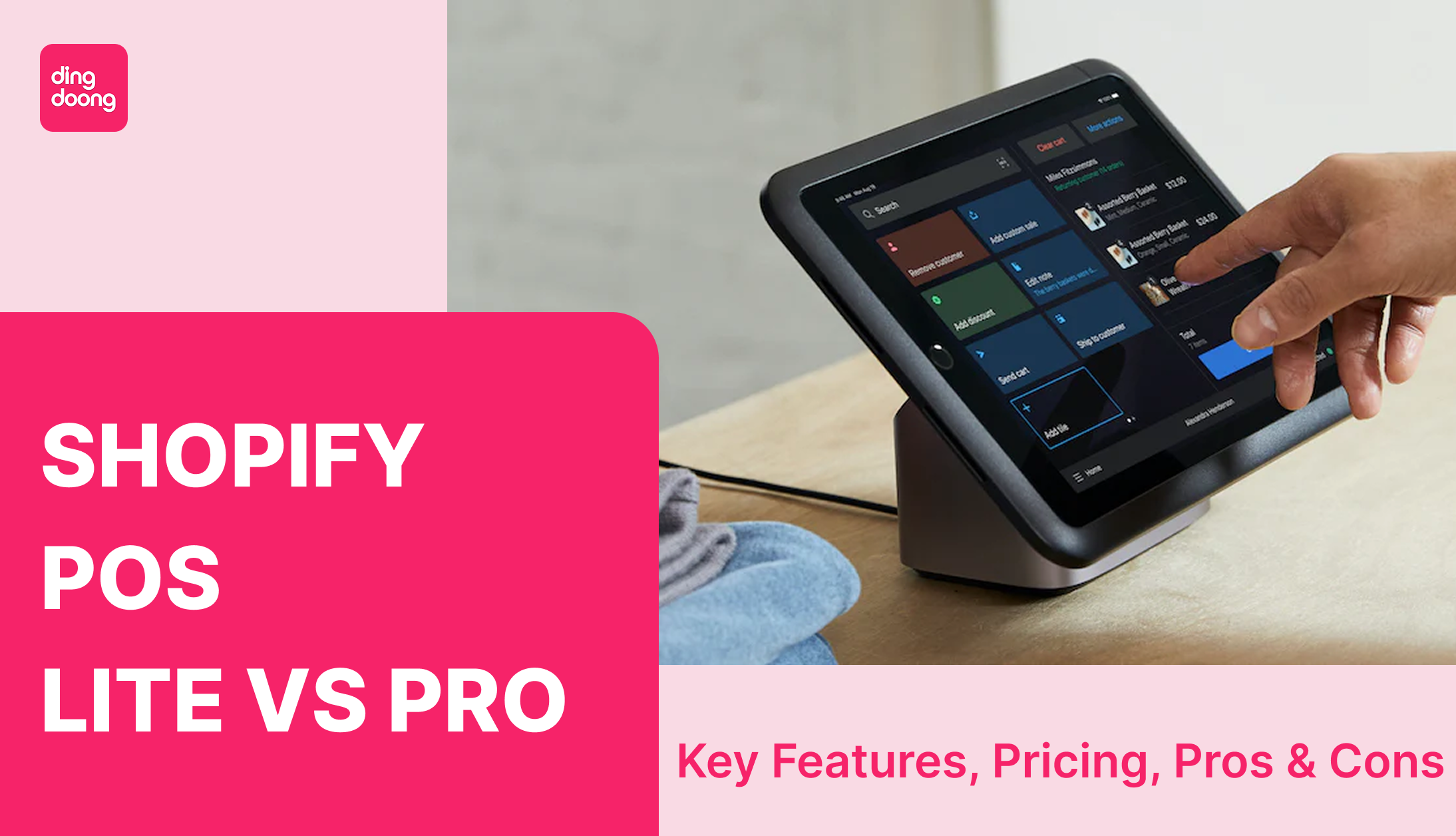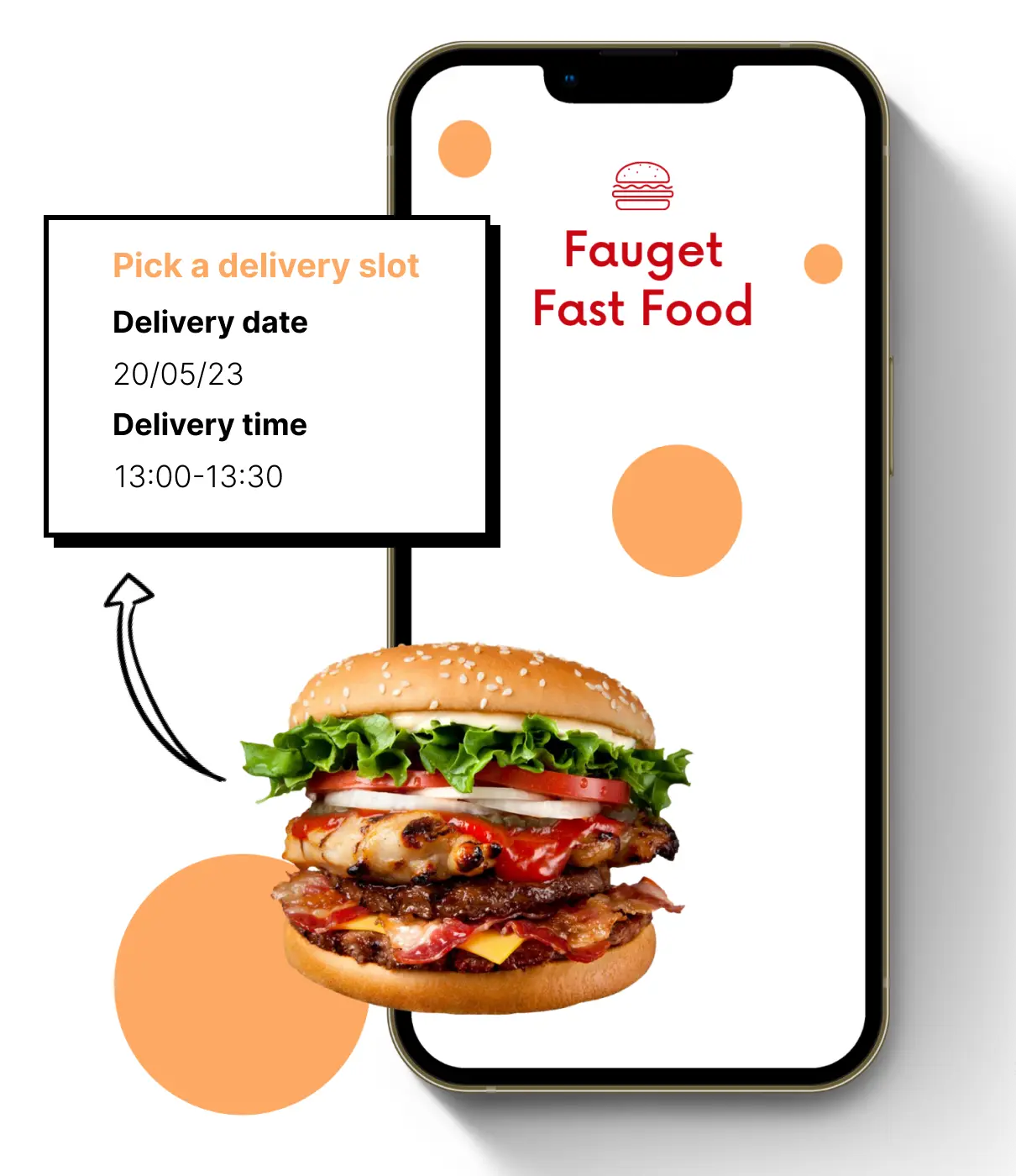How to Turn Refund Requests Into Customer Loyalty: A Complete Guide
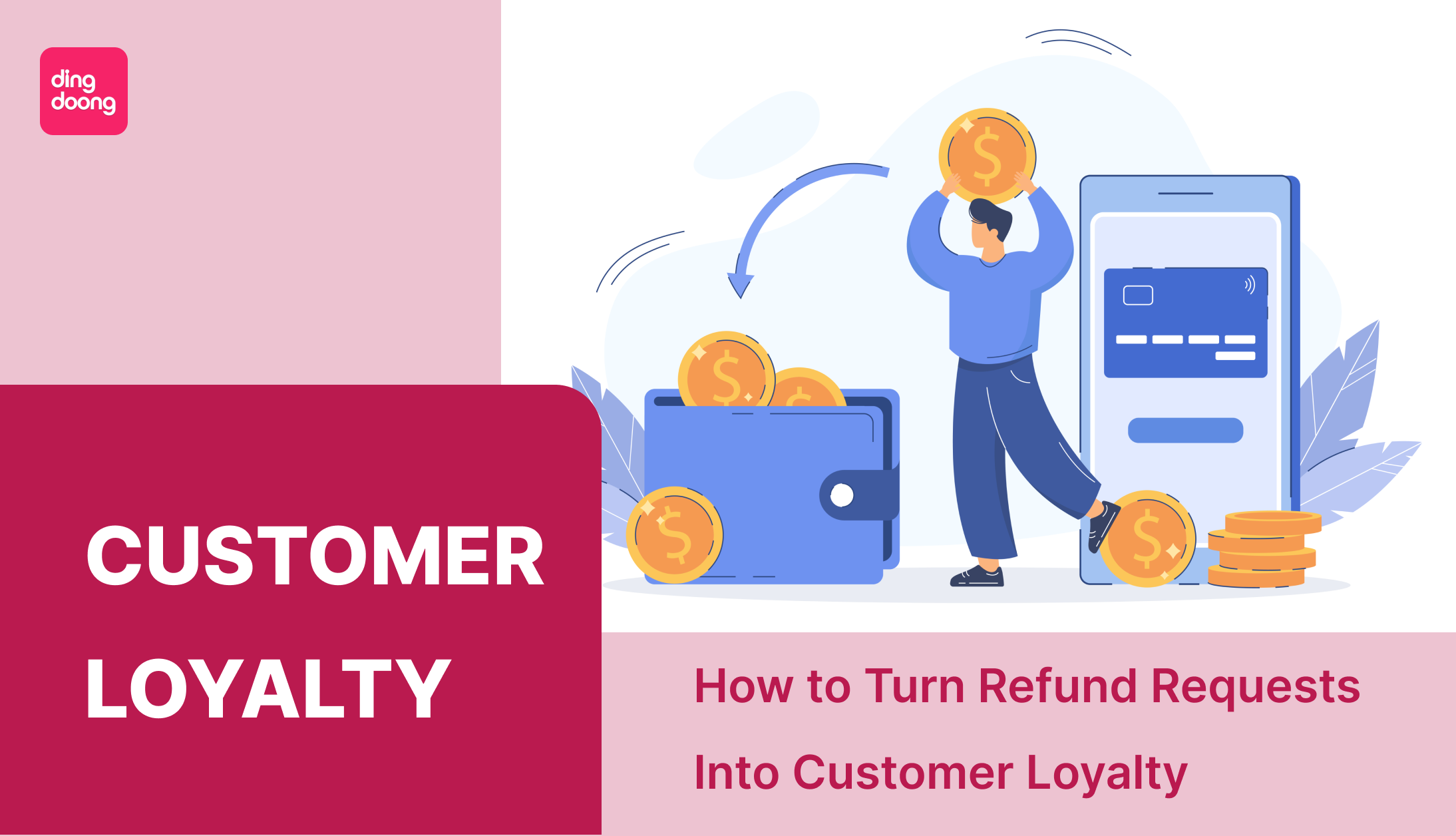
You're checking your emails over morning coffee, and there it is. Another refund request. Your heart sinks a little, doesn't it? Most business owners feel that familiar pang of disappointment when they see these messages. Lost revenue, a bad review that can impact future customers, maybe even some worry about what went wrong.
But what if we told you that a refund request sitting in your inbox isn't actually bad news? What if it's one of the most valuable opportunities your business will get today?
Here's the thing most entrepreneurs miss: how you handle someone's worst experience with your brand often determines whether they become your biggest champion or your harshest critic. Acquiring new customers costs more every year and keeping existing ones feels like an uphill battle, turning refund situations into loyalty-building moments isn't just smart customer service. It's pure business gold. 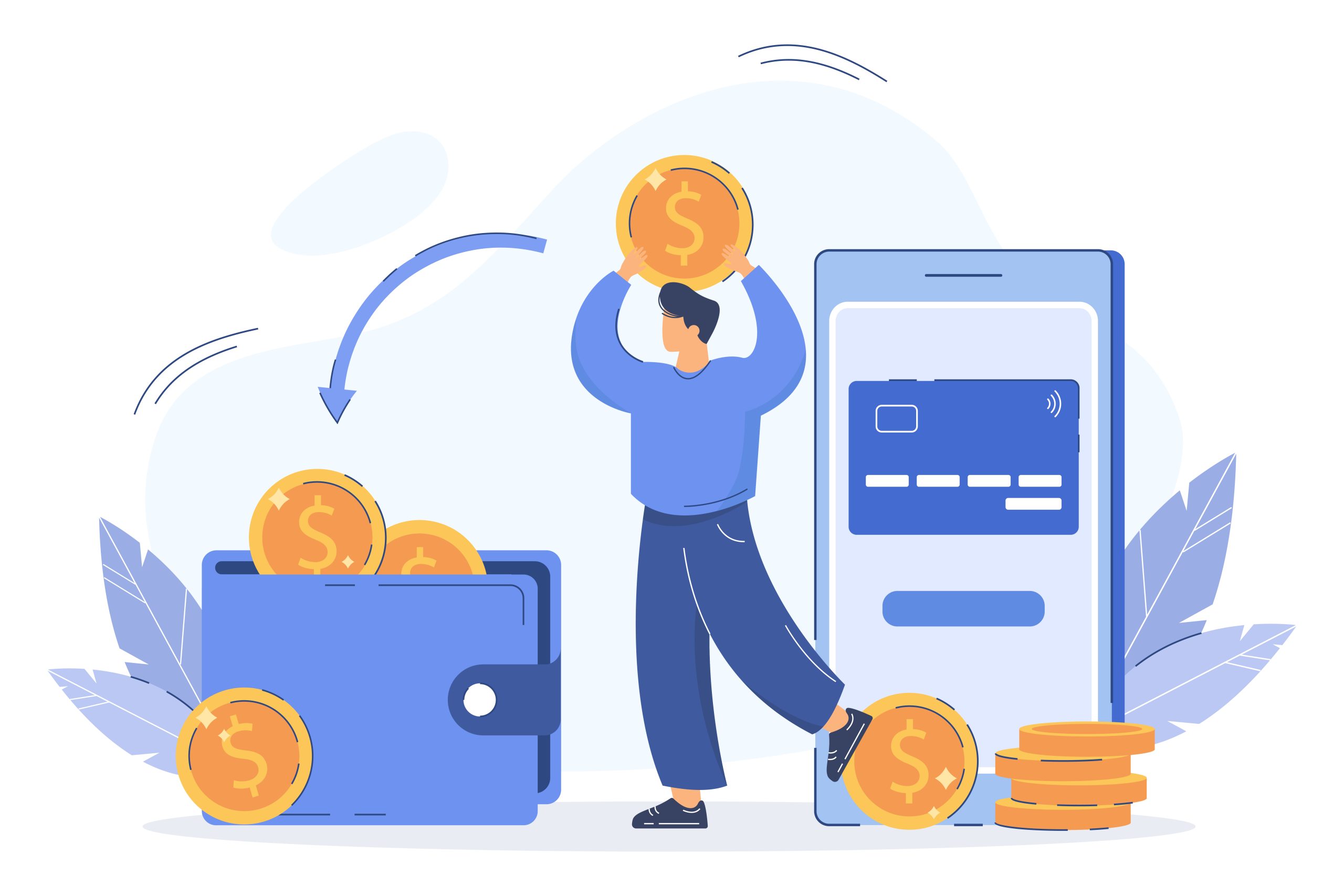
Why That Refund Request Might Be Your Lucky Break
When a customer is asking for their money back, it isn't necessarily walking away forever. They're actually handing you a real chance to show what your brand is made of when the chips are down.
Think about your own shopping experiences. Anyone can deliver great service when everything goes perfectly. But remember that one company that went above and beyond when something went wrong? Chances are, you're still talking about them, maybe even shopping with them years later.
The research backs this up too. Studies show that 92% of customers will buy from you again after a positive return experience. Notice it's not about avoiding returns altogether. It's about handling this experience so well that customers actually trust you more afterward and even want to return. That's the kind of opportunity most entrepreneurs never even realize is possible.
When someone requests a refund, most of the time customers are already frustrated that it didn't work out, or worried you'll make the process difficult. They might even be mentally preparing for a fight with you over the product.
This is your moment. Your response in these next few minutes can completely flip the script. You can either confirm their worst fears about dealing with your company, or you can absolutely surprise them on how easy and understanding you make the process for them and even get a great review in return.
![]()
Lead with Your Heart, Then Handle the Details
You know what customers really want when they reach out about a return? They want to feel like a human being, not a policy violation.
I've seen too many businesses train their teams to immediately dive into terms and conditions. Big mistake. When someone's already feeling disappointed, hitting them with a wall of rules feels cold and defensive.
Always lead off from a place of real understanding. Something like: "We are sorry to hear that xx product didn't quite work out as you anticipated. We want to assist you and will have this sorted out for you immediately." See how that totally shifts the tone of the conversation?
This is never about being a pushover and agreeing to anything. This is about dealing with people as human beings first and business later. When your crew gets it right, something magical occurs. Clients actually appreciate you refunding them. We understand that is nuts right now, but we've witnessed that hundreds of times.
Here's the thing your team needs to understand: their job isn't really about protecting your money. It's about protecting your relationships with the customers. When they start thinking this way, customers notice immediately.
And please, make it personal. Use their name, make sure you spell it right. Reference what they bought. If they've shopped with you before, acknowledge that. If they're new, thank them for giving you a shot. These tiny touches that personalize the reply will turn a transaction into a conversation between real people.

Make Returns So Easy It's Almost Suspicious
Want to know the fastest way to turn a disappointed customer into an angry one? Make them jump through hoops to get their money back.
We've watched businesses shoot themselves in the foot with complicated return processes that seem designed to frustrate people into giving up. Those customers don't just leave quietly. They tell everyone they know about how difficult you made everything. That kind of bad word-of-mouth can seriously damage your reputation.
Your return process should be so straightforward that customers almost can't believe it.
Prominent, easy-to-follow instructions that appear prominently on your site. Do not conceal your return policy in small letters or require customers to search it out. You might even want to have a special returns page that explains the process step by step and incorporates useful images if necessary.
Automated processes that automatically accept requests and give timely timelines. Clients want to be sure that their request is accepted and that resolution is available by such a time. Utilize automated mail sequences to keep them abreast of how far along they are.
Quick processing time to return money to customers as soon as possible. As much as you have legitimate excuses to withhold, keep in mind that customers are usually financially pained as a result of an original buying problem.
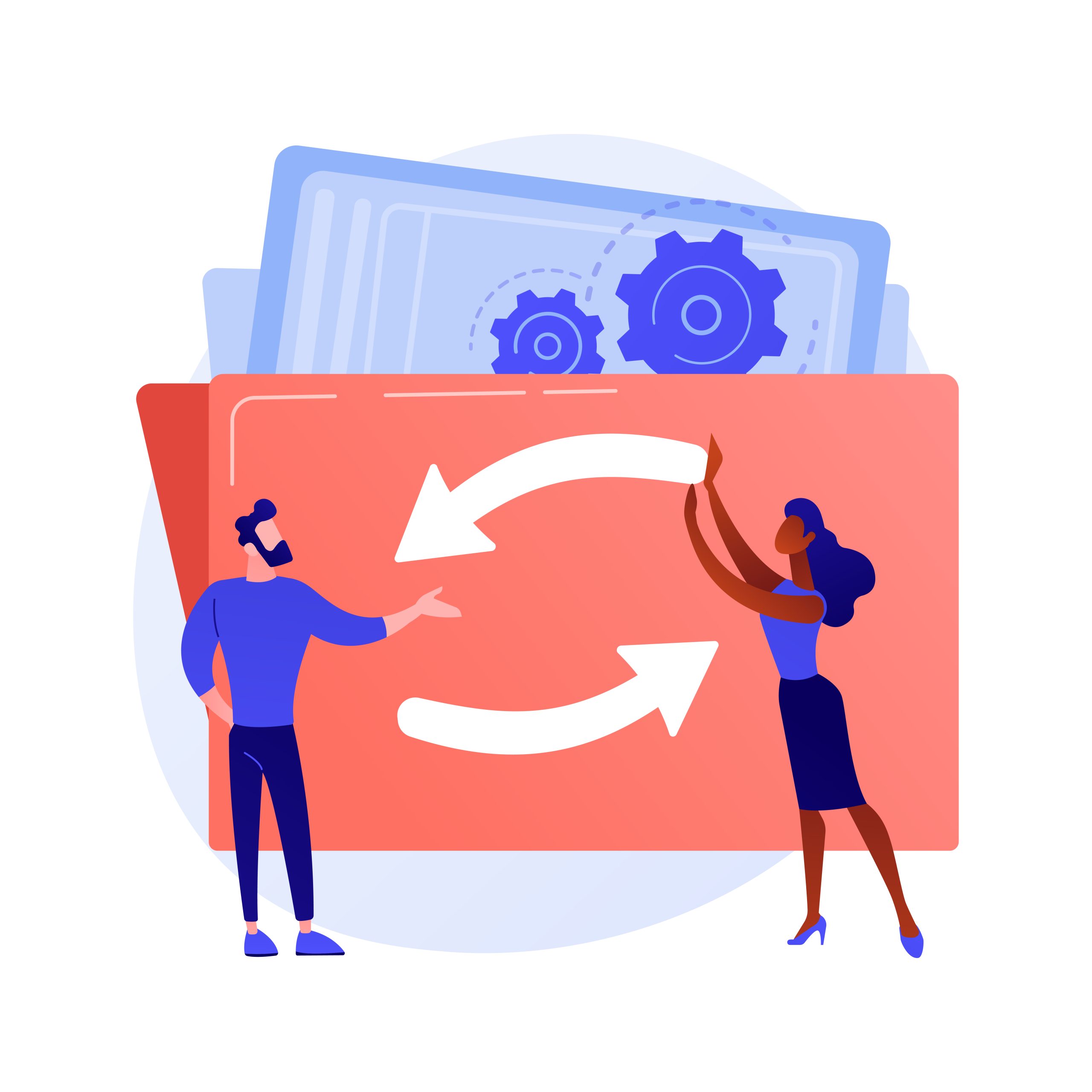
Present Alternatives That Serve Everyone's Interests
Many customers who request refunds don't actually want their money back. They want a better solution to their original problem. By offering thoughtful alternatives, you can often retain revenue while still solving the customer's issue.
For more insights on customer retention strategies, consider exploring proven methods for building customer loyalty that complement your refund process improvements.
Product exchanges work particularly well for sizing, color, or style issues. Make the exchange process as easy as possible, ideally allowing customers to keep the original item until the replacement arrives. This reduces the inconvenience and shows trust in your customers.
Store credit with added value can be incredibly effective. For example, offering $60 in store credit for a $50 refund provides immediate value to the customer while keeping the revenue within your business. Make sure the credit doesn't expire quickly and can be used on sale items to maximize its utility.
Discounts on future purchases work well when the issue was circumstantial rather than product-related. If shipping delays caused the problem, a discount on their next order (with expedited shipping) can rebuild confidence in your service.
Product bundling or upgrades can sometimes turn a negative experience into a positive one. If a customer received a defective item, offering an upgraded version or a bundle that includes accessories can exceed their expectations.
Apps like Akohub’s AI-powered Retargeting and Loyalty tool can provide ongoing value and encourage future engagement with your brand with their store credits and Instagram DM Automation. Their built-in AI that delivers weekly insights, retargeting campaigns, and loyalty rewards in a single dashboard. It helps merchants:
- Analyze customer behavior (orders, products, traffic sources)
- Predict customer churn and identify key segments
- Run Instagram comment-to-DM campaigns with discounts and links
- Launch full-funnel retargeting campaigns on Meta and Google
It’s the only app that combines customer data, loyalty rewards, and AI-powered retargeting in one tool.
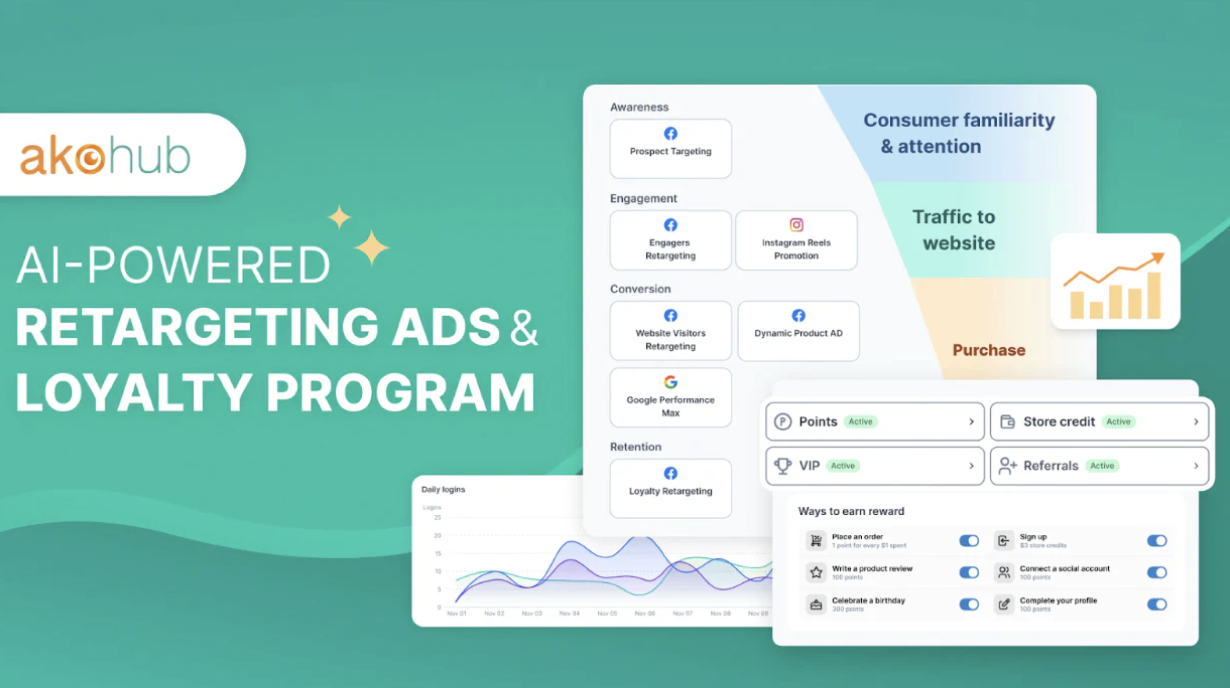
Transform Complaints into Actionable Business Intelligence
Every refund request is a data point that can help you improve your business. Rather than viewing these requests as isolated incidents, look for patterns that reveal systemic issues you can address.
Create a simple tracking system that categorizes refund reasons: product quality issues, sizing problems, shipping delays, unclear product descriptions, or unmet expectations. When you analyze this data regularly, trends become apparent. For a comprehensive guide on implementing effective customer feedback systems, explore additional resources that can help you build robust data collection processes.
For example, if 40% of your clothing refunds relate to sizing, you have a clear opportunity to improve your sizing guides, add customer photos to product pages, or provide more detailed measurements. If shipping delays are the primary culprit, you might need to adjust your delivery promises or partner with more reliable carriers.
This data-driven approach serves multiple purposes: it reduces future refunds by addressing root causes, improves the overall customer experience, and demonstrates to your team that customer feedback drives positive change in your business.
Share these insights with relevant team members. Your marketing team should know if product descriptions are causing confusion. Your operations team needs to understand if fulfillment issues are driving returns. Your product development team can use this feedback to improve future offerings.
Surprise Customers with Post-Refund Value
You can really differentiate your brand: continue providing value even after processing a refund. This counterintuitive approach often creates the strongest customer loyalty because it's so unexpected.
Consider implementing a "refund plus" approach where you add small but meaningful bonuses to the refund experience. This might include:
Loyalty programs through Akohub give customers a reason to return and shop again. Even though they didn't keep their original purchase, they still have value in your ecosystem. Akohub's flexible point system allows you to award meaningful rewards that encourage future engagement.
Personalized marketing communications through Akohub that keep your brand top of mind without being pushy. Akohub's sophisticated automation can deliver personalized content with their retargeting tool that provides value while maintaining the relationship.
Exclusive access to new products, sales, or content that makes them feel like VIP customers rather than problem customers.
Educational materials about their purchase that will allow them to make wiser choices later on. Should they have exchanged a piece of skincare because of a burning sensation, give a guide on how to select products suitable for sensitive skin.
Tailored solutions tailored to their tastes and return motivation. Demonstrate that you have heard their feedback and can recommend something that could suit better.
Among all the Shopify AI tools available, Akohub stands out because it combines three critical functions into one app:
- Data Insights – Weekly dashboards built from your Shopify customers, orders, and product data.
- Retargeting Campaigns – Free Instagram automation and paid Meta/Google ads that use real segmentation data.
- Loyalty Rewards Program – Store credits, loyalty points, and VIP tiers to retain high-value customers.
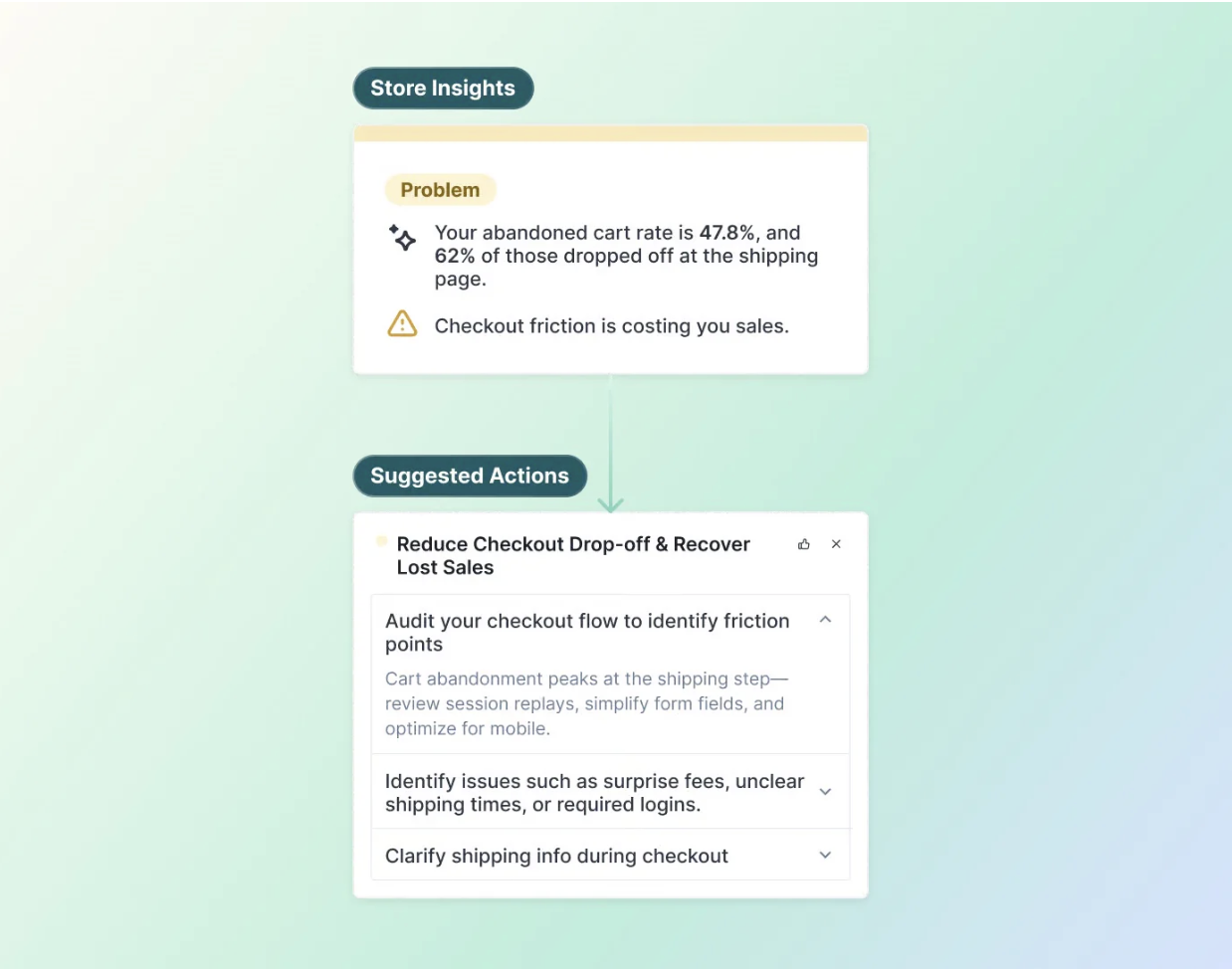
Master the Art of Post-Refund Communication
Your relationship with the customer doesn't end when you process their refund. That's when the real opportunity for relationship building begins. Thoughtful follow-up communication can transform a negative experience into a positive brand association.
Start with a genuine thank-you message that acknowledges their patience and expresses hope that you'll have the opportunity to serve them better in the future. This doesn't need to be lengthy, but it should feel personal and sincere.
Consider following up with valuable content that's related to their interests but not directly promotional. Akohub excels at this type of nurturing communication, allowing you to deliver personalized content that provides value without feeling sales-focused. If they returned workout equipment, share fitness tips. If they return a kitchen gadget, provide cooking inspiration. This positions your brand as helpful and customer-focused rather than purely transactional.
For customers who might be interested in similar products, tools like DingDoong's back-in-stock notifications can be incredibly valuable. If they returned an item due to unavailability, keeping them informed about restocks shows that you remember their preferences and want to serve them when you can.
The timing and frequency of these communications matters. Don't overwhelm customers with messages, but don't let too much time pass either. A thoughtful follow-up within a week of processing the refund, followed by occasional valuable content, strikes the right balance.

Conclusion: Building a Refund Experience That Drives Growth
Converting refund requests into loyalty opportunities is a matter of changing perspective. Rather than accepting returns as losses, business winners accept returns as opportunities to show their character, to build trust, to create stronger customer connections.
These companies that excel at this approach do more than keep those customers. They make advocates that spread word-of-mouth to others that results in natural growth as well as lower cost of acquisition. When customer trust becomes a commodity that is more valuable and less accessible in our marketplace, a superior refund experience becomes a real competitive advantage.
Keep in mind that your customers are not only acquiring goods. They're acquiring your brand's promise. When you fulfill that promise even if everything else goes wrong, you show that it is right to trust you. That is the foundation of good long customer loyalty.
By adopting these strategies and leveraging such strong tools as DingDoong to work inventory and retain customers, and as Akohub to maximize loyalty programs and advanced customer communications, you can turn business's most difficult time into business's most potent opportunity.
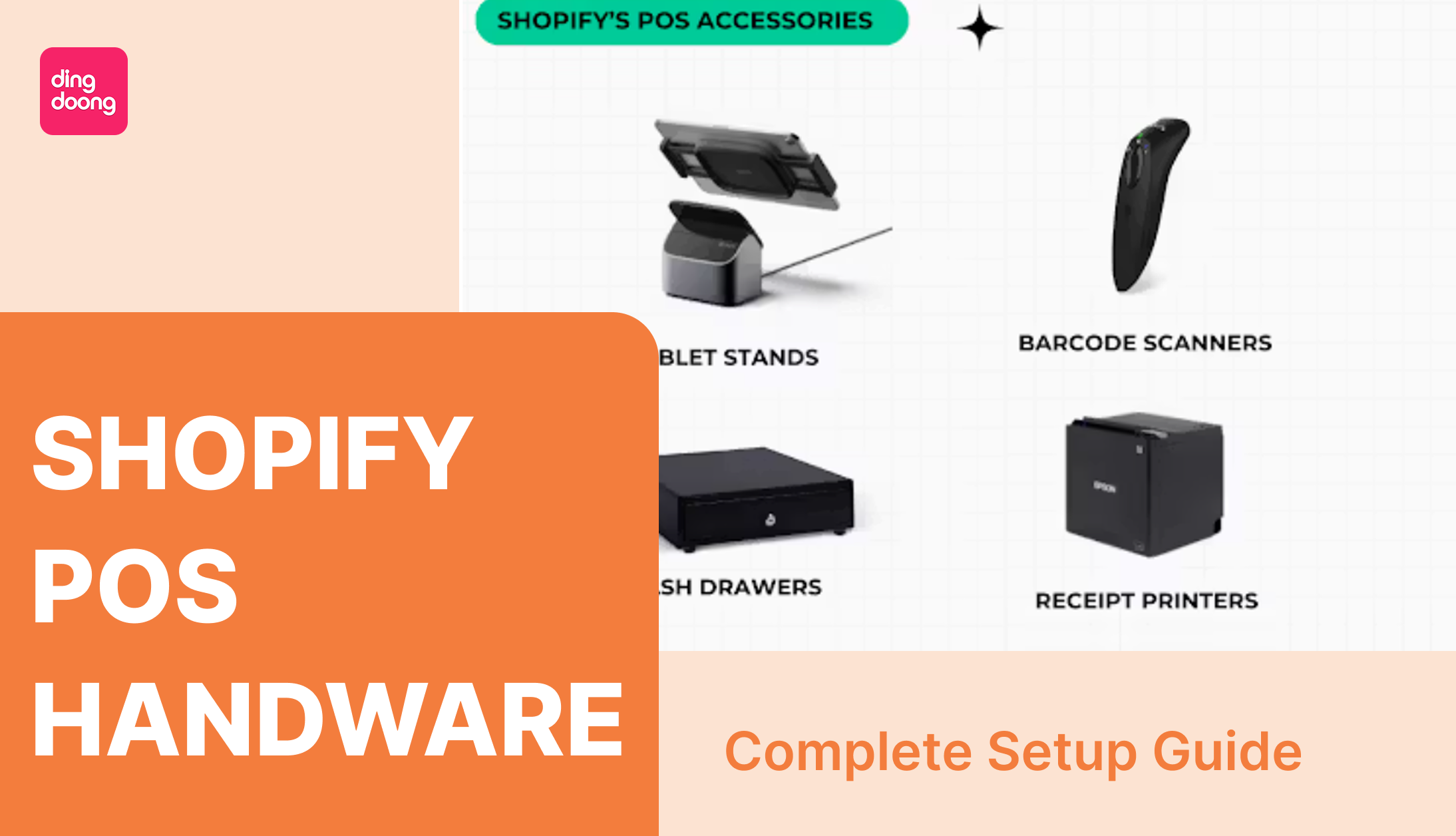
Shopify POS Hardware: Complete Setup Guide for Business Owners

Exclusive to Shopify Plus: Checkout Date Picker
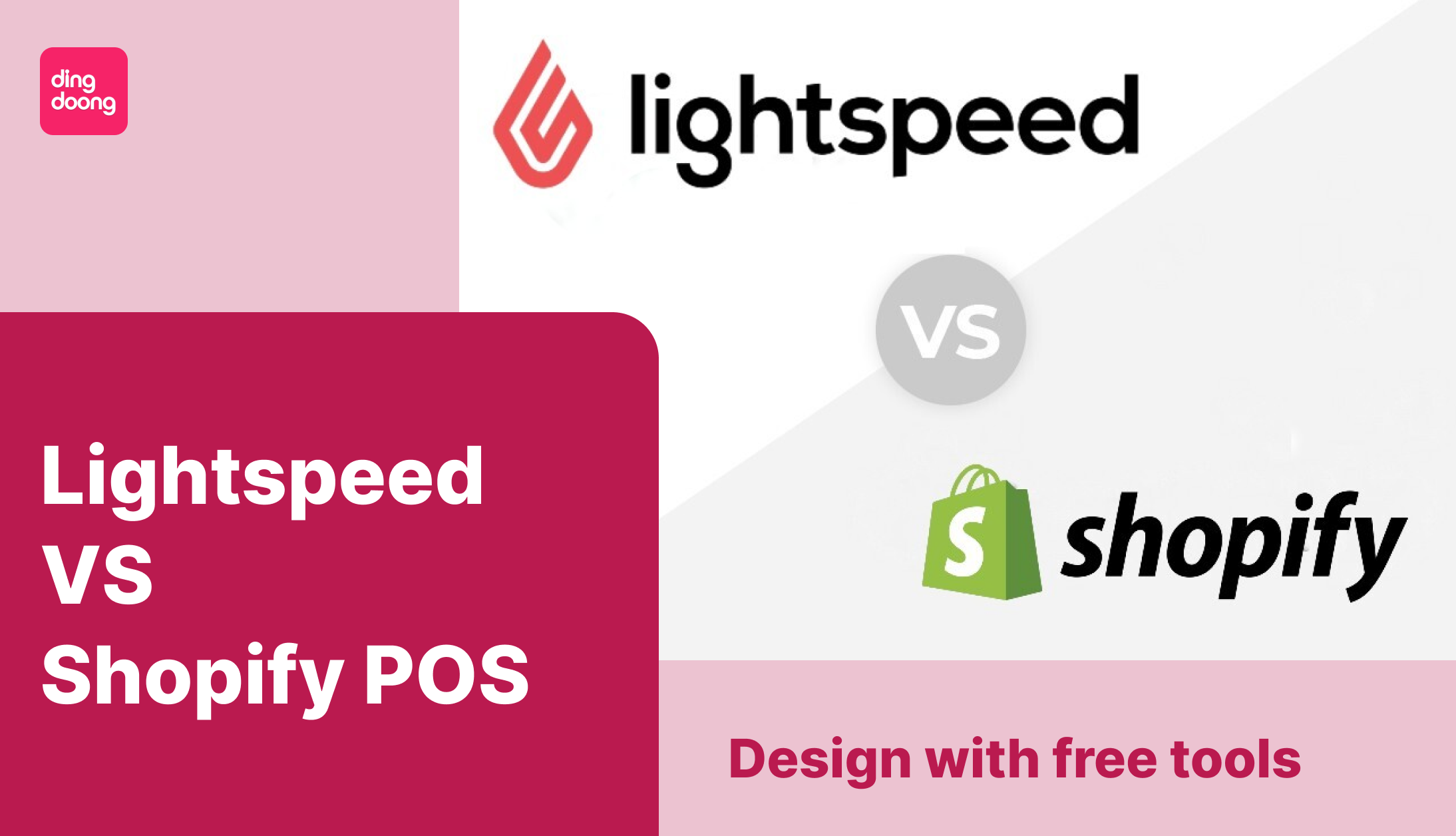
Lightspeed vs Shopify POS: Which Is Right for Your Business in 2026?
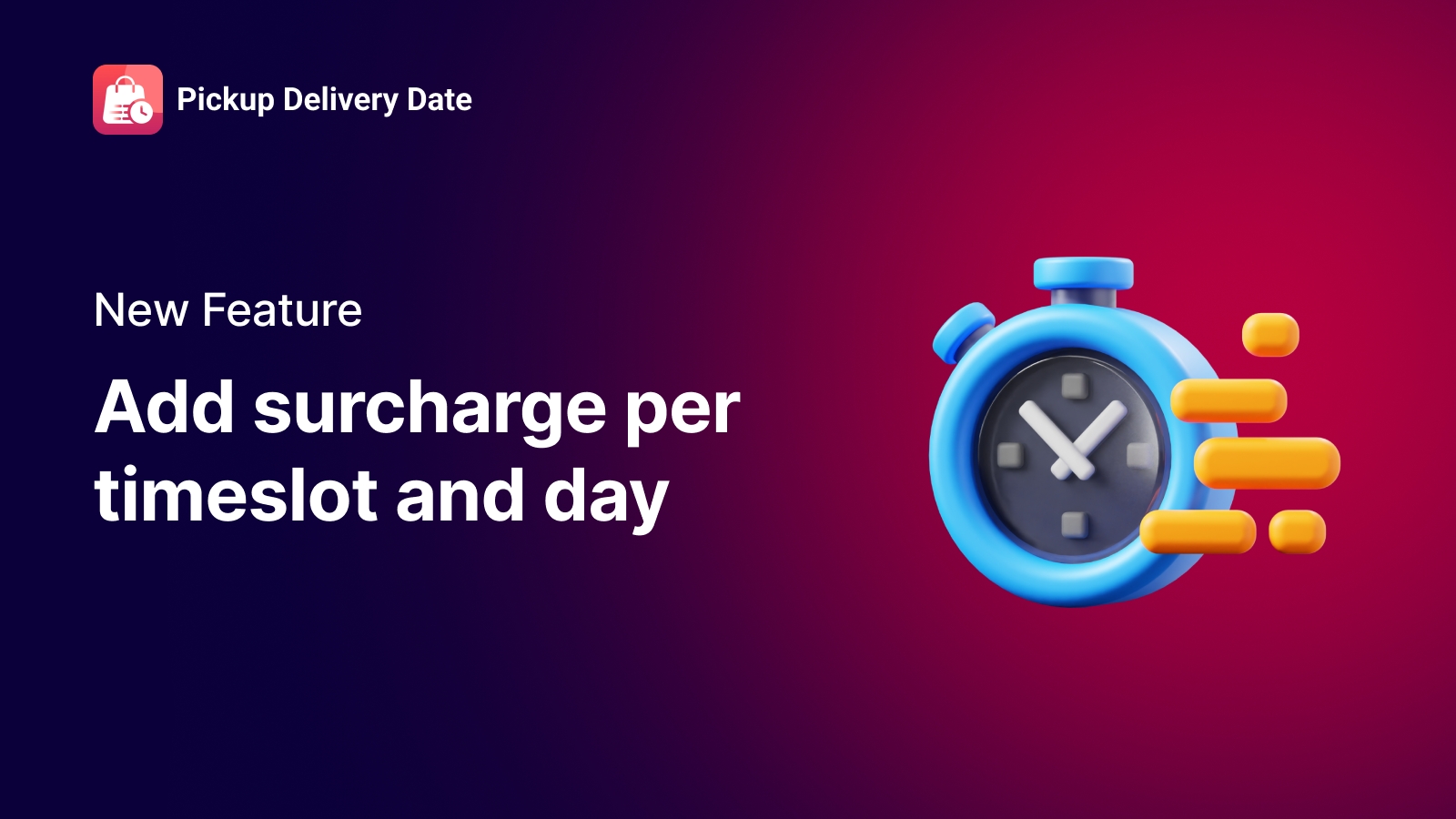
New features that help you stop losing money on peak hours
